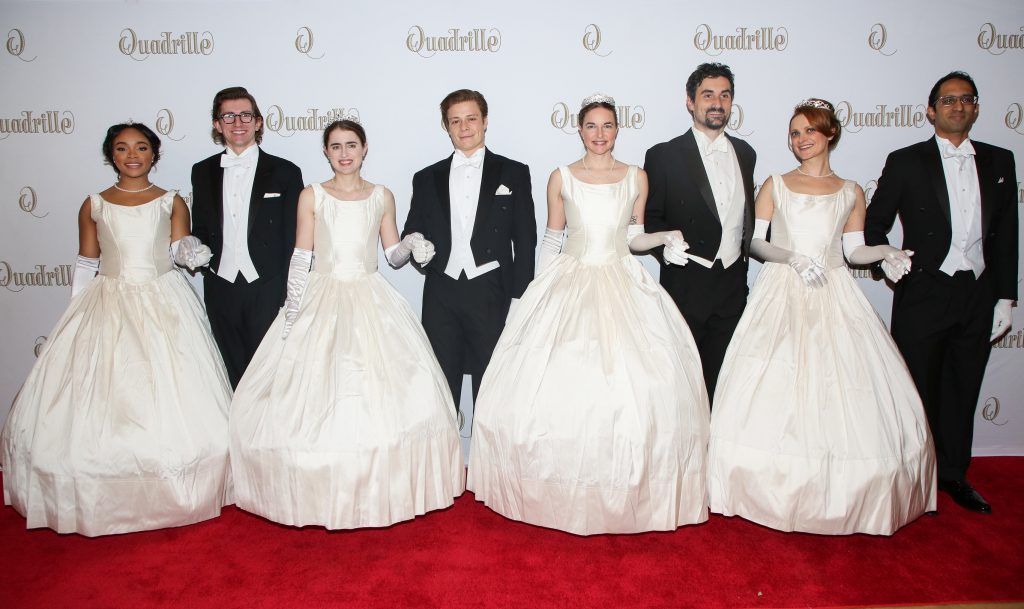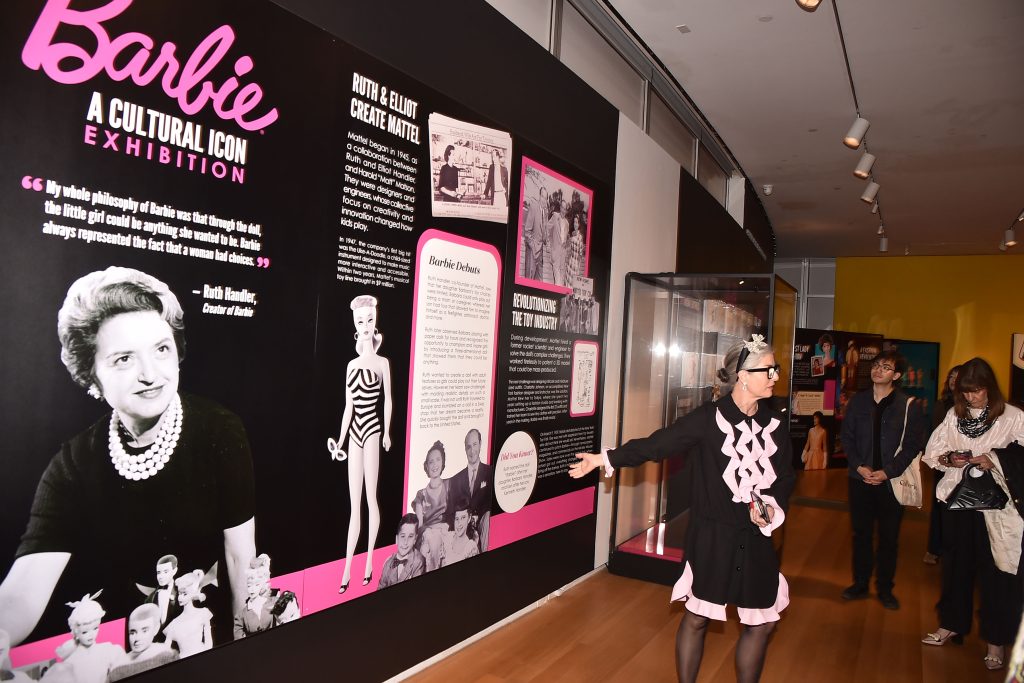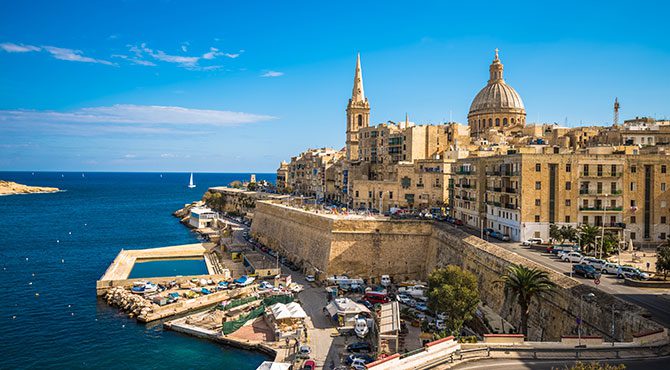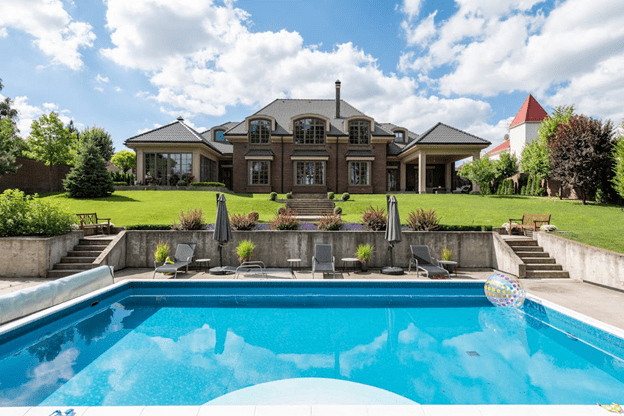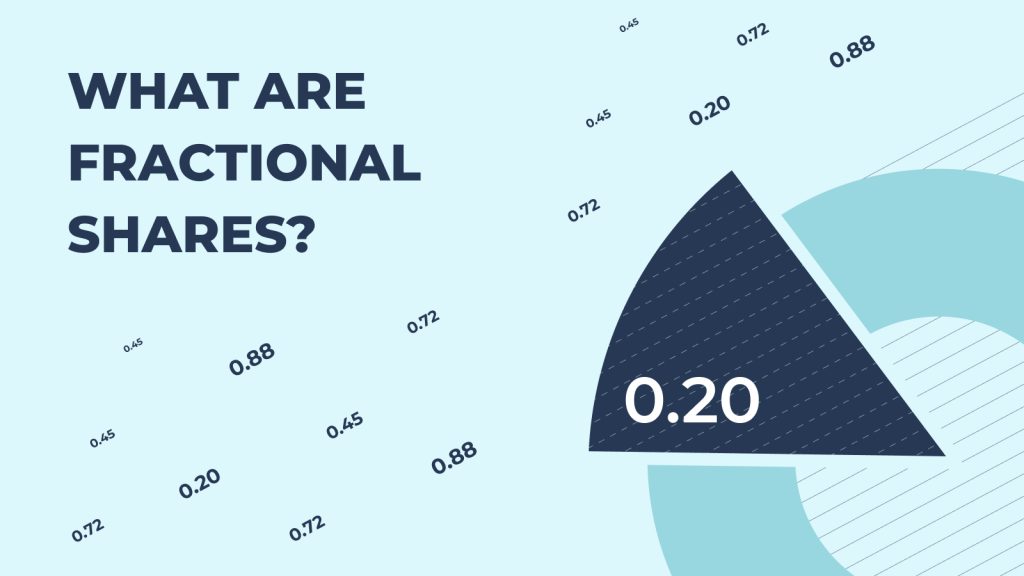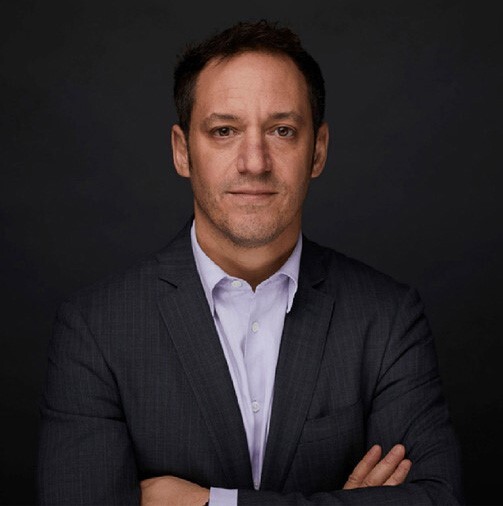

Tell us about your experience as a CIO for a family office and how you came to launch Noyack Capital.
I was a principal and the CIO of a multifamily office over 35 years that I ran it from the time I was 16. We didn’t have a lot of expertise, so I started at the very beginning and gained that expertise. We became nine families and 1 billion plus AUM, with an eight-person Investment Committee of which I chaired. My role was to determine asset classes, strategies, risk tolerance, due diligence, and oversight. We had a varied allocation to different asset classes, significant exposure to commercial real estate, and an extensive exposure to female founded seed stage venture capital, consumer packaged goods, and middle market credit in Europe. One of the family offices was also the second largest owner of New York City taxi medallions. We always started with a macro thesis, then we analyzed the timing- entry points and the execution path which was our modus operandi. We believed there was a price opportunity with taxi medallions, and the discounting was overdone relative to their intrinsic value. We also felt that mobility companies were going to require this kind of licensure. Now we are in discussions to become a New York City mobility company for DoorDash and maybe UberEATS.
What precipitated the change to what I’m doing now is that we had two founders pass away, so there was a generational transition, then COVID. I also had two young children, which led me to start existentially questioning everything I did. My mother thought that the universe was telling me something about my next chapter, my future. Making billionaires incrementally slightly wealthier did not seem like a true mission for my life going forward. I decided to do everything that we’ve been doing for three decades. but for a wider audience of investors.
I found that most of the big investment firms are institutionally focused and wanted sovereign wealth funds, endowments and pension funds. But we want to target the small, lower end accredited family office investor. I am building a platform that offers the highest-level private investments, investor relations, and artificial intelligence data manipulation and analysis tools for family offices. Our impact is making institutional grade private investments available to the $1 million and up investor at a place where there are no investment manager fees first, we don’t charge any fees. We are usually the largest investor at the beginning with skin in the game, and performance compensation only.


What asset classes are you investing in?
Supply chain and commercial real estate is the first asset class offering at $200 Million. We have some of the best networks of supply chain real commercial real estate in the country such as cold storage, parking garages and future forward logistics ops as well as Health care, medical office buildings, long term acute care centers, hospital land and life sciences. We have some of the largest portfolios of Life Science properties in the private family office realm. These are very deep networks for us. We are also investing in a tokenized portfolio of investment grade fine art starting with a $5 million portfolio seeded by us.
What are the main differences between this strategy and what you did before?
I’m now investing for 1000s of people instead of nine. Since I gained 23% IRR in a variety of strategies with a very low risk profile over 30 plus years, I think more people should benefit from that skill and track record.
How do you think that the regulatory and compliance factors will impact your fund and your investment decisions?
I know that the old ways of family office co investing are dead or are soon to be. What you’re seeing is a utilization of the 1933 Investment Act updated with the 2012 Jobs Act. But when you spread risk around a larger base, it is easier to take risks. If you spread risk amongst three families, you don’t take risks and you pass on deals or you don’t see the benefits of them. Being part of that small group as I was for a very long time will not succeed in the future in my opinion. I strongly believe that family offices must decide what it is they can tolerate in terms of the legal construction, Regulation D is a wide audience of SEC compliant instruments. Regulation A is even a wider audience of non-accredited investors. What we’re doing is joining these two circles in a co-investment at the asset level. The power of the many over the risk of the few. That is the essence of our strategy.


You are betting big on supply chain investments.
Supply chains are a simple bet. Ecommerce, which requires an enormous amount of supply chain per capita, is growing at a pace far, exponentially larger than the growth of supply chain assets and they’re going to require more than what is currently being made.




And where are you getting your deal flow?
It’s networks upon networks, because we are pretty targeted in our assets strategy. I know every single commercial real estate broker, around 500, that does supply chain assets in this country, and I know them very well. I also know almost every family office that invests in supply chain assets in this country, I know what they have, how long they’ve owned them, which family member is suing whom, I know what their pain points are and plans for the future. I can identify the opportunities. That’s where deal flow comes from these circles. Another network circle is developers, they have their own pain points, goals, and things that they need, and I know the 20 to 30 of the largest developers in each of the supply chain asset classes. I say to them, you’re going to need capital in the next two or three years, you should come talk to us first with advantageous deals, not public retail. If you want to talk privately about something, we can help you proactively.
How will your investment strategy create impact?
I think people’s lives can be changed by making investments accessible that put the investor first. Phase two would be to co invest with non-accredited investors, and then the impact of the accessibility to be successful in private investments becomes enormous and that impact is flowing from the accredited investor family offices. They’re helping others and not only are they being impacted, but they’re now creating and transferring impact. This is a very engaging future that I want to be part of.
Every family foundation exists to create impact. I believe the greatest impact is diminishing economic inequality, not by redistribution. I don’t believe in redistribution, but I do believe it offers an opportunity for all people to take advantage. If family offices and larger investors have access to this opportunity, they can share that opportunity, not by diminishing theirs, but by offering more that is the greatest impact on this planet, and I believe probably dwarfs all other all other discriminatory impacts that can be addressed.
Blackstone was quoted as saying the $1 million and up below institutional investor is now a $79 trillion, not billion, potential impact. Imagine if that 79 trillion could offer some of that opportunity to $5,000 and up, what would that market be? That’s almost incalculable.









